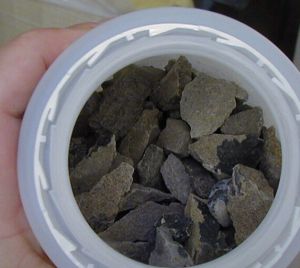but where is the fun in buying it?


| Quote: |

| Quote: |





 Now blinding white hot...that's when you get into molten iron and steel.
Now blinding white hot...that's when you get into molten iron and steel. 
| Quote: |
 I'll have to show
pics here of the 3.2 cubic foot gas kiln I'm building.
I'll have to show
pics here of the 3.2 cubic foot gas kiln I'm building.

| Quote: |

| Quote: |

| Quote: |
| Quote: |


| Quote: |
 It's a heck of a mess.
Dumping sodium carbonate in to react up the CaCl2 as it goes into solution would seem the best course of action at this point.
It's a heck of a mess.
Dumping sodium carbonate in to react up the CaCl2 as it goes into solution would seem the best course of action at this point.| Quote: |
